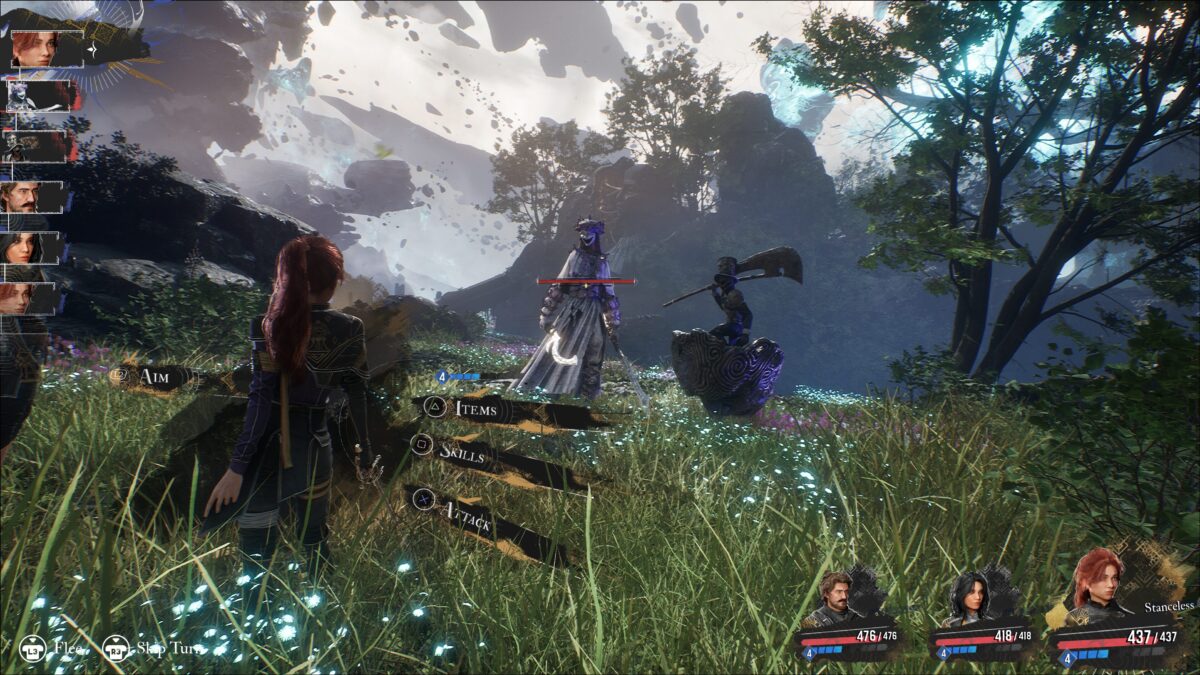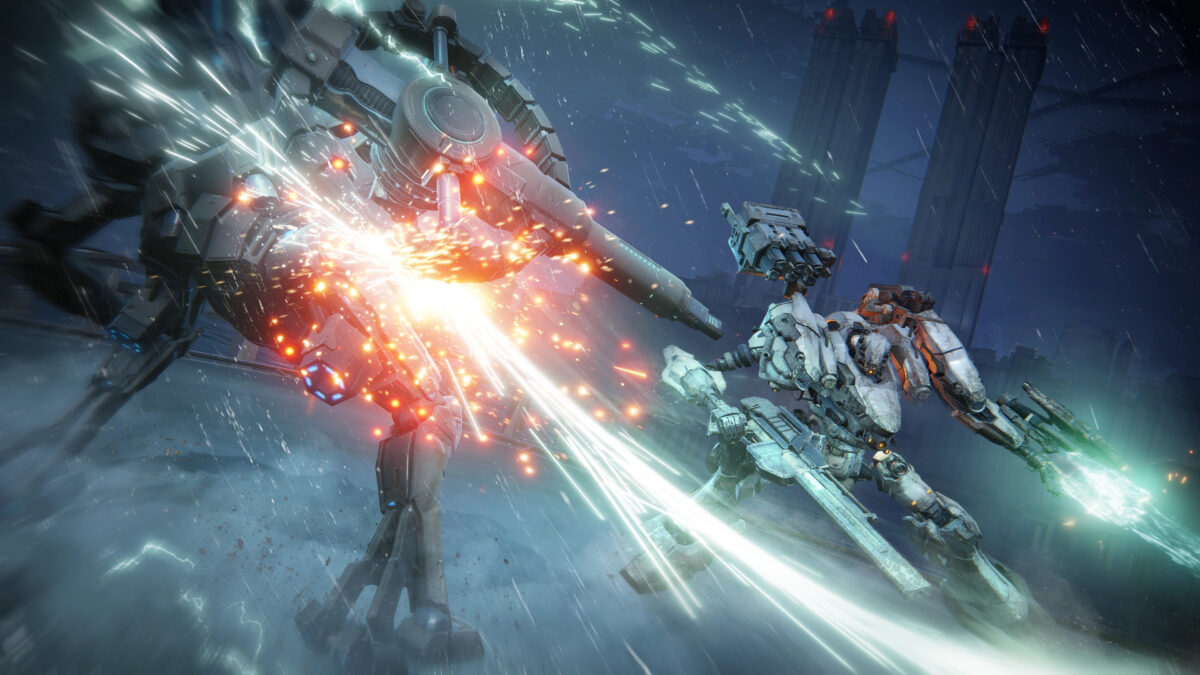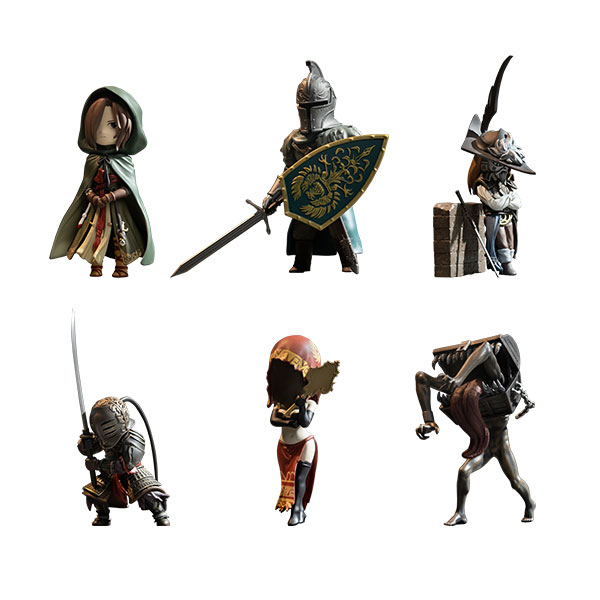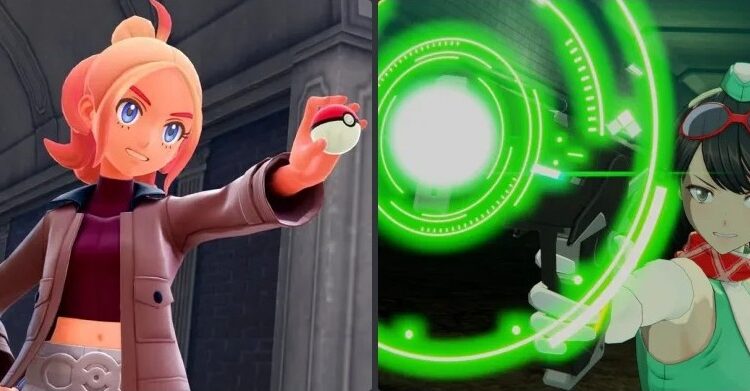Trouble is brewing in the games industry. Western studios are issuing layoffs at an all-time high and even Japanese studios are suffering. Take, for instance, Microsoft shuttering Tango Gameworks despite Hi-Fi Rush surpassing all expectations. News recently broke that Sony has axed many jobs at Bungie. Meanwhile, modern Japanese games like Elden Ring and Like a Dragon and their developers thrive, showing that Japanese game design still resonates with players worldwide.
Amidst this chaos, the industry would benefit from re-embracing the whimsical creativity of the PS2 era. We need more Katamari Damacy and fewer open-world Marvel games. I’m not saying Japan is the only country capable of making good games. That’s not the case, and Korea’s recent strides in the market show that. However, looking back, there’s an undeniable lack of novelty nowadays. The late 2000s to early 2010s saw the start of incredible Japanese game series such as Danganronpa, Dark Souls, Bayonetta, Nier, and Zero Escape. How did we get here?
For starters, a solid decade of negative press on Japanese games did major harm. People who I refuse to name saying “[Japanese games] suck” in a crowded room at GDC that erupted in laughs were the least of our worries. For example, Capcom had several hits through Dead Rising, Lost Planet, and Devil May Cry. Sequels to those franchises were given to Western studios. Those games suffered for it. Even though Japanese games were still popular then. Capcom was in a bad state, but their situation was tied to that West-is-best paradigm shift.
The Right (and Wrong) Ways to Embrace Japan
I’ve been watching the summer gaming news to see how the situation developed. I came away more hopeful than I expected, but for each promising fact, there was also something worrying. For example, Assassin’s Creed: Shadows showed the terrible mishandling of Japanese history. We’ve already covered the debacle at length, and it’s comically bad. Western game devs have done justice to Japan before with Ghost of Tsushima, another game set in Japan. As always, Western game journalists are rushing to defend Assassin’s Creed: Shadows and use it in a political culture war. To be frank, the only opinions that matter on this issue are those of Japanese players. In a surprise to no one, they aren’t happy.
Clair Obscur: Expedition 33 is another prime example of embracing Japan’s game development legacy. Clair Obscur has a typical fantasy RPG setting but oozes with a love of JRPGs. The game is obviously inspired by games like Persona 5 and Final Fantasy. Particularly, the battle system looks like a Western take on the Atlus style, with the same over-the-top anime spectacle. Whether or not the quality is there won’t be known until the game launches in 2025. But, I love to see a Western company try to do something like this instead of making another trend-chasing, live service title. Western game devs can absolutely nail Japanese properties. We’ve seen it with Metroid Dread and several other Nintendo releases. Those are particularly high quality because they stay true to the originals, instead of adapting to the nebulous “modern audience” and catering to Western tastes.
Japanese Games Create Entire Genres
Speaking of fantasy RPGs: did you know why the Soulslike genre exists today? Sony Japan asked From Software to make a game that rivaled The Elder Scrolls IV: Oblivion. That ended up becoming Demons’ Souls. But the top brass of Sony hated it, saying it was an “unbelievably bad game”. They refused to release it in the West. Atlus and Bandai Namco stepped in to publish it worldwide, and From Software titles like it have sold multi-millions of copies. Needless to say, that’s a decision Sony regrets. However, this echoes a key problem we’re still seeing today. Nobody wants to gamble on being the trendsetter anymore, instead choosing to chase trends. Remember, Sony was the company that greenlit a game where you’re a rapping dog and a game in which you catch monkeys in a net. Though strange on paper, they were a blast to play.
Let me ask an honest question: when did you last see original gameplay or such a wacky concept in a first-party Sony title? I thought about this for a long time and concluded that the shift happened in the PS3 era. All their modern titles are cinematically focused experiences with the same basic structure and gameplay loops. Sony wants to be seen as the Hollywood of the games industry, with safe blockbusters. In chasing that mass market, Sony lost sight of what set them apart. Ironic, considering Demons’ Souls laid the foundation for an entire genre that would influence action RPGs as Resident Evil 4 did with third-person shooters. While public reception is changing, corporate decisions aren’t. That said, one section of the industry is embracing the bygone era I mentioned above.
The Indie Scene
Japanese design principles and innovation are flourishing in the indie game scene. Is there an older Japanese series you love that’s gone dormant? Check the indies. Last year we got the near-perfect Pizza Tower and this year we’re getting AntonBlast. Both bring a unique spin on Wario Land’s gameplay, a series that hasn’t seen a release since the Wii. Sega hired indie devs to make the highest-rated Sonic game in 25 years with Sonic Mania and the incredible Streets of Rage 4. Even Japan’s own indie scene is making promising strides. Gnosia, one of my favorite visual novels, was done by a four-person indie team. Team Ladybug made an incredible Castlevania homage based on Record of Lodoss War. Indies are where all the creativity and love has gone. Pay attention.
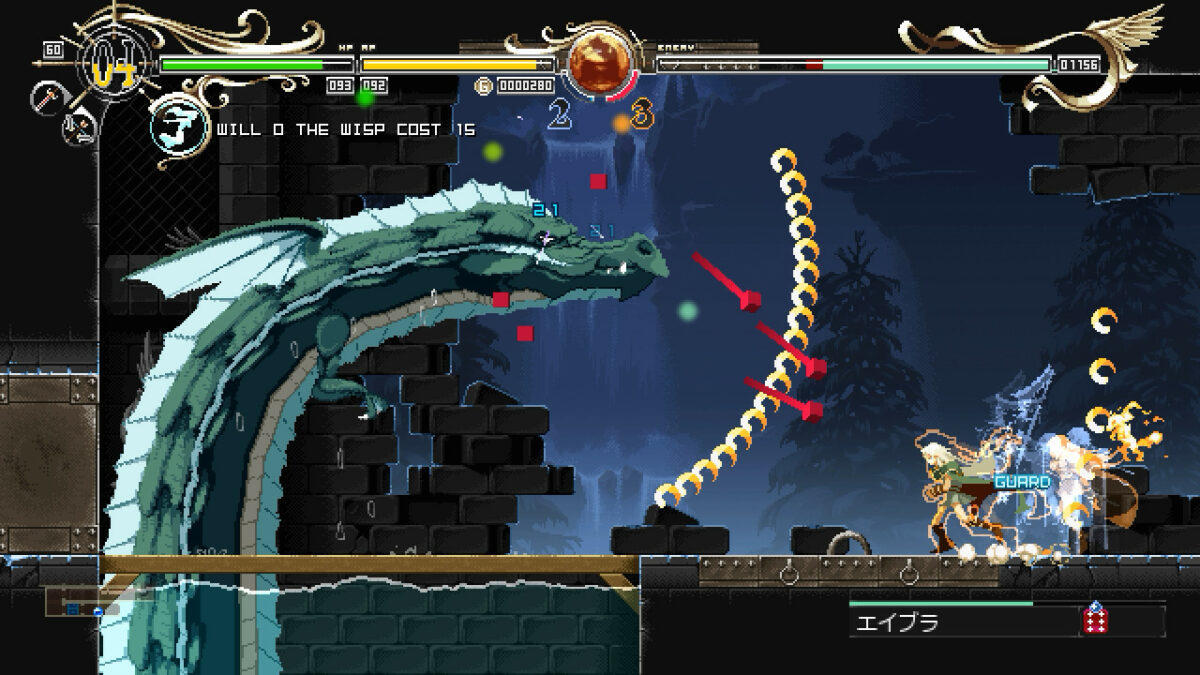
Now, none of this is to put undue importance on Japanese games. I’ve reviewed a few disappointing Japanese games on the J-List Blog. I only want to give credit where it’s due and heal some of the damage done by overly critical game reviewers with a chip on their shoulders. Bluntly: Japanese games have always been trendsetters. The public got duped into thinking otherwise. Several genres would not exist or have developed without the Japanese market. Such a strong disconnect between studios and their audience is how we end up with so many high-profile Western studios closing.
Let’s Chat
You made it to the end of this post! Thank you! As a token of our appreciation, enjoy an extra 5% off your next order when you use the code BLOG at checkout. Also, don’t forget to follow J-List on all our platforms!
- Twitter / X, where Peter posts anime booba for you
- Bluesky, where we post several times a day
- Facebook, where we used to share memes and discuss anime
- Discord, if you want to chat with other J-List customers of culture
What do you think? Did you agree with the anti-Japan sentiment, or do you roll your eyes like I did as I sunk another 80 hours into Xenoblade Chronicles? Let us know.
Speaking of Dark Souls, we currently have a set of 6 chibi figures featuring Dark Souls II characters. It includes the fan-favorite Emerald Herald and more. Add it to your collection!



